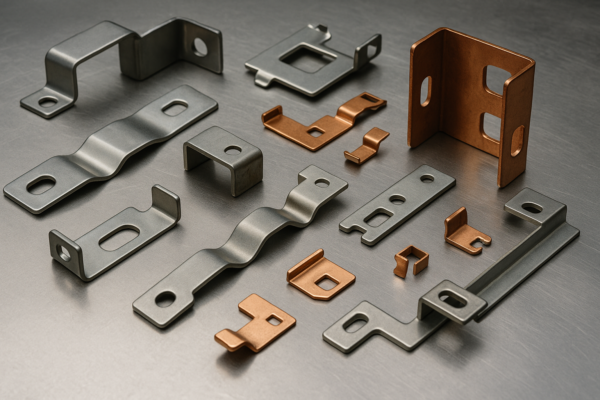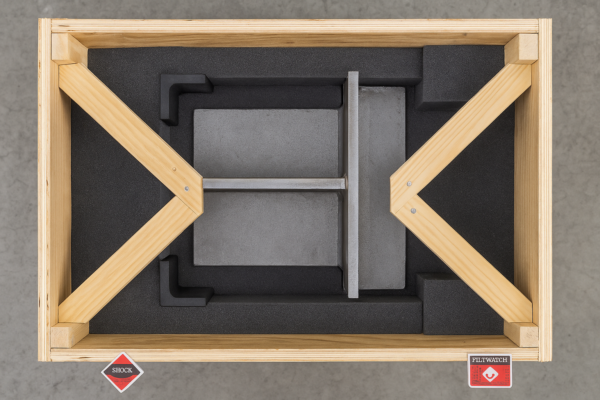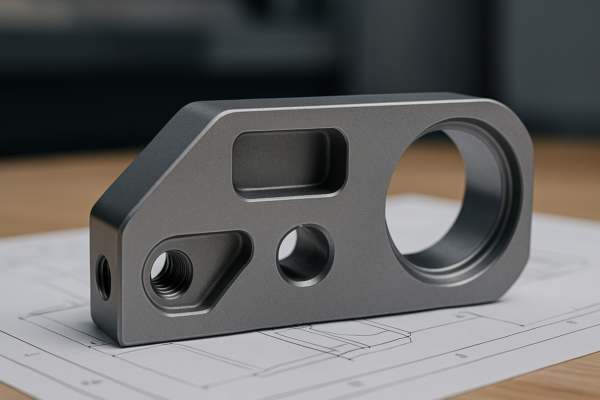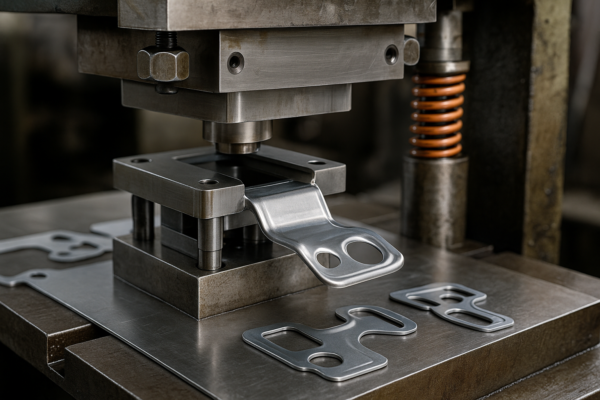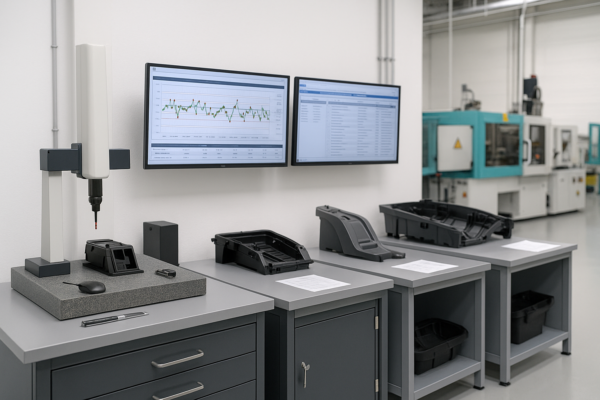What Are 3 Disadvantages of a CNC Machine?
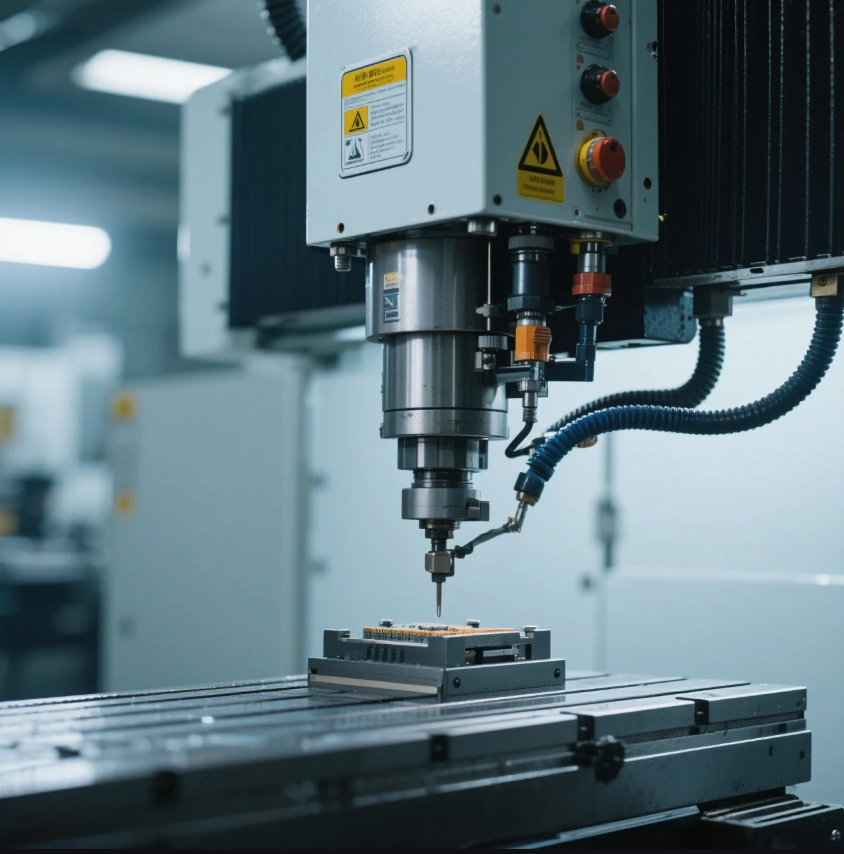
CNC (Computer Numerical Control) machines are a staple in modern manufacturing, offering precision, efficiency, and the ability to automate complex tasks. However, like any technology, CNC machines come with some drawbacks. In this article, we’ll explore three major disadvantages of using CNC machines, as well as discuss some associated risks and limitations.
Snippet paragraph: While CNC machines offer many benefits, they also have some disadvantages, such as high upfront costs and maintenance challenges. Let’s explore these and more in detail.
Transition paragraph: Wondering if a CNC machine is the right choice for your operation? Let’s dive into the disadvantages and understand the challenges you might face when using CNC technology.
What Is the Biggest Disadvantage of Using CNC Machines?
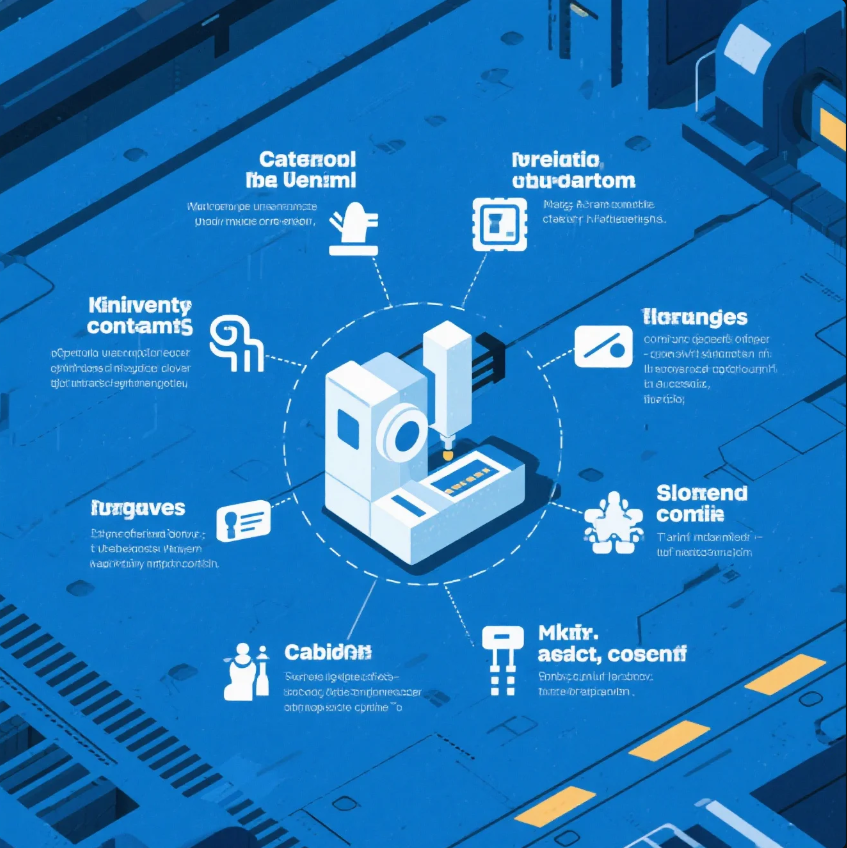
The biggest disadvantage of using CNC machines is their high initial cost. While CNC machines can provide long-term value in terms of productivity and precision, the upfront investment can be significant. This includes not only the cost of purchasing the machine but also additional expenses like setup, training, software, and maintenance.
High Initial Investment
- Cost of equipment: CNC machines, especially those with advanced capabilities, can be very expensive. Prices can range from a few thousand dollars for basic models to hundreds of thousands for industrial-grade machines.
- Software and tooling: CNC machines often require specialized software and specific tools, which can add additional costs to the initial investment.
- Training costs: Operating CNC machines effectively requires trained operators, which can also add to the overall cost of implementing CNC technology.
Why It’s a Drawback
For small businesses or startups, the initial cost of CNC machines may be prohibitive. While the machines can pay for themselves over time through increased productivity and reduced labor costs, the initial financial burden can be a barrier to entry.
What Are 3 Advantages of a CNC Machine?

Despite the disadvantages, CNC machines offer several significant advantages that make them indispensable in modern manufacturing. Here are three key benefits:
1. Precision and Consistency
CNC machines provide unmatched precision, making them ideal for creating complex parts that require tight tolerances. Once the machine is programmed, it can produce the same part with consistent quality, reducing errors caused by human operators.
2. Automation and Efficiency
CNC machines can run continuously, allowing for automated production without the need for constant operator supervision. This leads to higher efficiency and faster production times, especially for high-volume jobs.
3. Flexibility in Design and Production
CNC machines can easily handle a wide range of materials and designs. Operators can quickly switch between different production runs, making it easy to adjust to new projects or custom orders.
While these advantages make CNC machines highly attractive, they still come with some notable disadvantages.
What Is the Risk of CNC Machines?
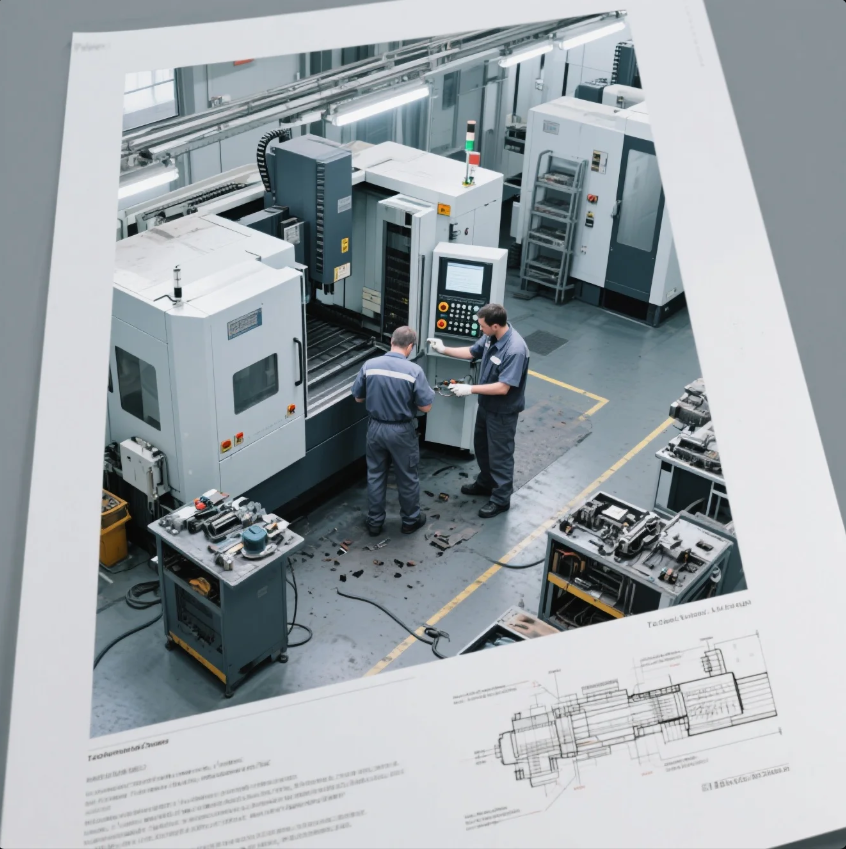
Like any machinery, CNC machines come with certain risks, particularly related to safety and maintenance.
Risks Involved
- Operator Error: Although CNC machines are automated, operator error can still occur, especially during the programming phase. A mistake in coding or improper setup can lead to costly errors and potential damage to the machine or the workpiece.
- Machinery Malfunctions: CNC machines are complex, and any malfunction or breakdown can cause significant delays. Regular maintenance is necessary to keep machines running efficiently, but even with maintenance, unexpected issues can arise.
- Safety Hazards: CNC machines use high-speed rotating parts, which can be dangerous if proper safety protocols are not followed. Operators must be trained in machine safety to avoid accidents.
Mitigating the Risks
- Regular maintenance schedules
- Proper training for operators
- Implementation of safety guards and protocols
By understanding and addressing these risks, you can minimize their impact and maximize the benefits of CNC technology.
What Is the Hardest Material to CNC?

While CNC machines are versatile, some materials are more challenging to machine than others. The hardest materials to CNC typically have high hardness, toughness, and resistance to wear.
Hardest Materials to CNC
- Titanium: Titanium is one of the most difficult materials to machine due to its strength and resistance to heat. It requires specialized tools and techniques to cut effectively.
- Inconel: Inconel is a superalloy known for its resistance to heat and corrosion. It’s used in high-performance applications, such as aerospace, but its toughness makes it challenging to machine with traditional CNC methods.
- Hardened Steel: Hardened steel is often used in tooling and other high-stress applications. It’s extremely tough, making it difficult for CNC machines to cut without wearing down the tools quickly.
Why It’s Difficult
The primary challenge with machining these materials is that they generate a lot of heat during cutting, which can cause tool wear, deformation of the workpiece, and reduced machining efficiency. Specialized cutting tools, slower feed rates, and coolants are often required to effectively machine these materials.
Conclusion
While CNC machines offer many advantages, including high precision, automation, and flexibility, they do come with some disadvantages. The biggest drawbacks include the high initial cost, the risks associated with machine operation, and the challenges of machining difficult materials. Understanding these disadvantages will help you make an informed decision when choosing whether to invest in CNC technology for your business.
If you’re interested in learning more about CNC machines or need guidance on choosing the right equipment for your needs, contact Prime today. We offer high-quality CNC solutions that can help take your manufacturing processes to the next level while ensuring you get the most out of your investment.

